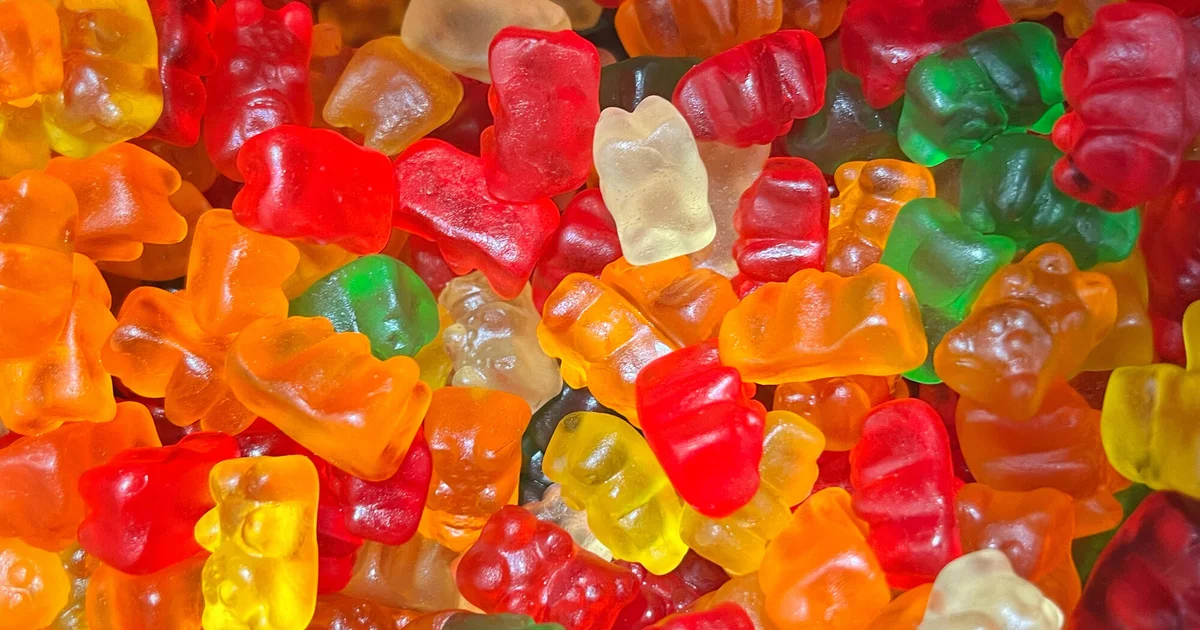The U.S. Department of Health and Human Services is calling on companies to phase out all petroleum-based dyes by the end of next year, Secretary Robert F Kennedy, Jr. announced Tuesday.
The goal is to replace them with natural alternatives in the U.S. food supply. The FDA will be accelerating the review and approval of some new natural color additives, FDA Commissioner Marty Makary told reporters at an event to announce the plan, which stopped short of an outright ban.
On “CBS Mornings” Wednesday, CBS News chief medical correspondent Dr. Jon LaPook said the move was significant.
“There have been some safety issues that have been raised, and you have to remember, there’s no known nutritional value to these additives, these food dyes,” he said. “So you want to be safe not sorry.”
The food dye industry has denied any safety concerns with artificial dyes. The International Association of Color Manufacturers said in a statement after the announcement that artificial dyes are “essential for consistency, visual appeal, and consumer trust in food products.”
Here’s a look at the six dyes being targeted.
Red No. 40
FD&C Red No. 40, or Red 40 for short, is also known as Allura Red AC in the food industry and E 129 in Europe.
There are thousands of foods with Red 40, according to databases published by the U.S. Department of Agriculture and Environmental Working Group. It can also be found in medications and cosmetics.
According to an FDA study published in 2016, children are exposed to Red 40 primarily from drinks (like Gatorade Fruit Punch and Fanta Soda), cereal (like Kellogg’s Froot Loops and General Mills’ Lucky Charms) and frozen desserts (like Turkey Hill’s Black Raspberry Premium Ice Cream, Breyers’ M&M’s Minis Caramel Fudge Light Ice Cream, Blue Bell’s Birthday Cake Vanilla Flavored Ice Cream Cups and Blue Bunny’s Strawberry Flavored Soft Frozen Dairy Dessert).
Other beverages that contain Red 40 include several strawberry milk brands and various generic manufacturers of pink lemonade mixes. The dye can also be found in some candies.
Yellow No. 5
In addition to Red 40, Yellow 5 and 6 are the most popular artificial dyes used, according to the Michigan State University Center for Research on Ingredient Safety.
Yellow 5 is found in Lucky Charms, M&Ms, Skittles and some cake mixes. It is also found in drinks like Mountain Dew, chips like Doritos and condiments like Vlasic’s sweet relish and Kraft’s creamy French salad dressing.
Yellow No. 6
Yellow 6 can be found in many of the same products that contain Yellow 5. It is also found in Trix, Froot Loops, Fanta Soda, Otter Pops and other products.
Blue No. 1
Blue 1 can be found along with other dyes in many multi-colored candies, such as M&Ms and Skittles, as well as Airheads and Jolly Ranchers.
It can also be found in Pillsbury’s Funfetti Aqua Blue Vanilla Flavored Frosting, YoPlait’s blueberry patch yogurt, berry-flavored Jello mix, Monin and Torani brand blue Curacao syrups, certain energy drinks like Red Bull Blue and some medications like Prozac.
Blue No. 2
The candy bits in the Pillsbury aqua blue frosting also contain Blue 2 as do other food and drink products. Blue 2, also sometimes labeled as Indigotine or Indigo Carmine, can also be found in other products like soaps, shampoos and even some dog foods.
Green No. 3
In addition to some food products, certain oral care products like mouthwashes from Colgate and Listerine as well as some breath mints include Green 3.
Alexander Tin contributed to this report.
Sara MoniuszkoSara Moniuszko is a health and lifestyle reporter at CBSNews.com. Previously, she wrote for USA Today, where she was selected to help launch the newspaper’s wellness vertical. She now covers breaking and trending news for CBS News’ HealthWatch.
